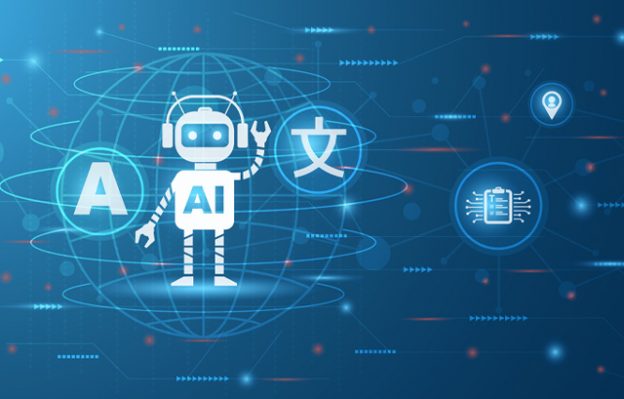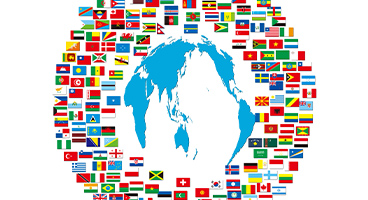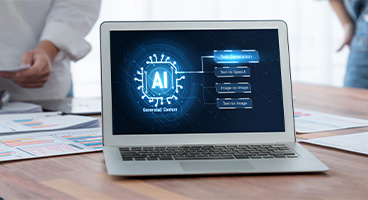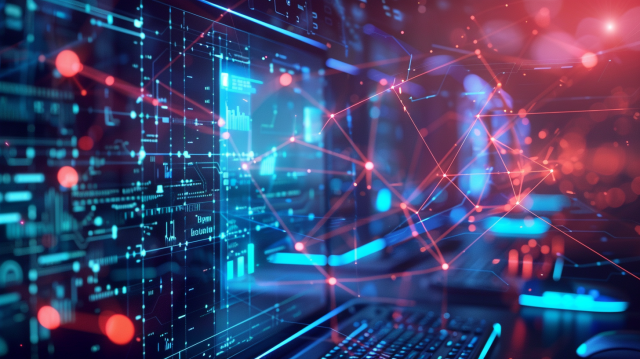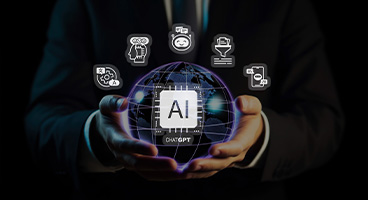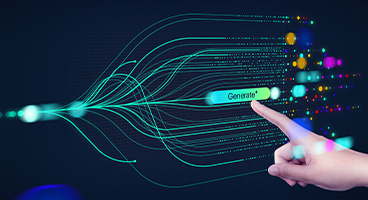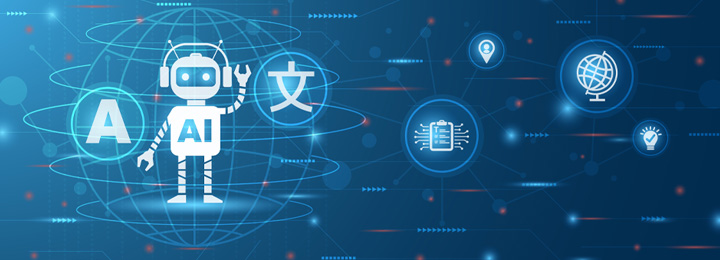
Chat AI such as ChatGPT, Copilot, and Gemini are gaining attention. This blog post explains LLMs (Large Language Models) that enable chat AI and AI translation using LLMs.
- Table of Contents
-
- 1. What is translation using LLM (Large Language Model)?
- 1-1. What is LLM?
- 1-2. What is machine translation by LLM?
- 2. Advantages and Strengths of Translation Using LLM (Large Language Model)
- 2-1. High Precision
- 2-2. Addressing Subtle Language Use
- 2-3. Speed Close to Real-Time
- 3. LLMs (Large Language Models) Commonly Used for Translation
- 3-1. Transformer
- 3-2. GPT (Generative Pre-trained Transformer)
- 4. How to Choose Translation Services Using LLM (Large Language Models)
- 4-1. Verify Translation Accuracy
- 4-2. Are the tools adequately implementing information security measures?
- 4-3. Can industry-specific and technical terms be customized?
- 5. Summary
1. What is translation by LLM (Large Language Model)?
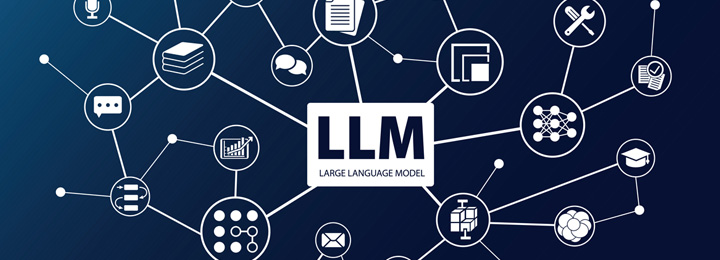
1-1. What is LLM?
Large Language Models (LLMs) refer to language models built using extensive datasets and deep learning techniques. They are a type of generative AI capable of autonomously generating text, images, and audio, and excel particularly in natural language processing. LLMs are what enable chat AIs, such as ChatGPT. LLMs are capable of advanced language processing across various tasks, providing not only text generation but also functions like explanation, summarization, and translation.
Specific examples of LLMs include Google's "Gemini", OpenAI's "ChatGPT" supported by "GPT-4" and "o1", as well as Anthropic's "Claude" and Meta's "Llama". These models are used in various fields.
1-2. What is machine translation by LLM?
The dataset that the LLM is trained on mainly includes text data collected from the internet. Various languages are used on the internet, and the text data contains those language data as well. Therefore, the LLM learns not only English but also Asian languages such as Japanese, Chinese, Korean, Vietnamese, and Thai, as well as European languages like French, Italian, German, Spanish, and Portuguese, enabling it to support multilingual machine translation. Since the dataset contains a large amount of English data, it is particularly capable of translating into English with natural expressions.
2. Benefits and Strengths of Translation Using LLM (Large Language Model)

There are the following benefits and strengths to using LLM for translation.
2-1. High Precision
LLMs incorporate a wide range of content as their learning sources, allowing for high-accuracy translations across various fields. By specifying the field and purpose of the document in the translation instructions, it is possible to translate using terminology and style appropriate for that document. Traditional machine translation engines using NMT (Neural Machine Translation) models could not accommodate such instructions. Preparing NMT models specialized for specific fields and purposes required a large amount of text data and extensive training work, which was both labor-intensive and costly. However, with LLMs, you can generate translations tailored to your needs simply by providing various instructions.
2-2. Addressing Subtle Language Nuances
LLMs have the characteristic of accurately understanding subtle nuances in language due to their excellent language comprehension abilities. This feature allows them to respond sensitively to subtle differences in wording, making it easier to convey nuances in translation. They are particularly strong in English expression and can generate fluent translations into English. Additionally, it is possible to rephrase terms and expressions according to the purpose. By clearly stating the target audience and purpose of the document, it is possible to appropriately adjust the language used.
2-3. Speed Close to Real-Time
Despite learning from a massive amount of language data, said to be hundreds of billions of words, LLM can respond almost in real-time. It takes slightly longer compared to NMT models, but considering the amount of data, it can respond remarkably quickly, and it does not pose any issues in regular operations.
3. Commonly Used LLMs (Large Language Models) for Translation
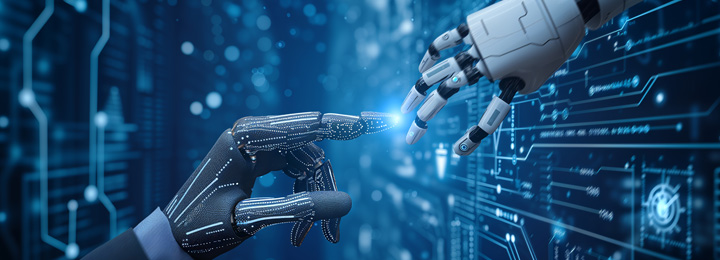
This section explains the types of LLMs (Large Language Models) commonly used in translation and their respective characteristics.
3-1. Transformer
The Transformer is a neural network architecture announced by Google in 2017. This model can capture long contexts more efficiently than traditional RNNs (Recurrent Neural Networks) and allows for parallel processing, making training faster. In machine translation, it has improved translation accuracy compared to RNNs.
The feature of the Transformer is its ability to understand the meaning of words in the context of the entire sentence through a function called Self-Attention. It can capture the dependencies of words even when the original text is long, allowing for high-precision translations even when the grammar and nuances are complex. It is applied to various natural language processing tasks such as language modeling and translation.
In commercial services, Google's translation service uses Transformer. As of 2016, it was using RNN alone, but it was later changed in 2017 to an architecture that combines Transformer and RNN.
3-2. GPT (Generative Pre-trained Transformer)
GPT is a large-scale, pre-trained language model developed by OpenAI, based on the Transformer architecture. It has learned general language knowledge using a vast dataset. This model can also be fine-tuned for specific tasks. By learning from an enormous amount of text data, GPT has the ability to understand the context of words and sentences and generate text. It can predict and generate subsequent text based on the given context, making it suitable for a wide range of tasks such as high-quality text generation, translation, question answering, and text classification.
OpenAI announced GPT-1 in 2018, GPT-2 in 2019, GPT-3 in 2020, and GPT-4 in 2023. As a commercial service, GPT-3 was released as a Web API in 2020, and in 2022, ChatGPT was released as a chat AI specialized in conversations with humans. Subsequently, models such as GPT-4 Turbo, GPT-4o, and o1 have been released. For more details on the Web API and GPT-4 Turbo, please see the articles below.
"What is the ChatGPT API? An explanation of its capabilities, benefits, and integration examples!"
"GPT-4 Turbo, customizable GPTs for ChatGPT have arrived"
4. How to Choose Translation Services Using LLM (Large Language Model)
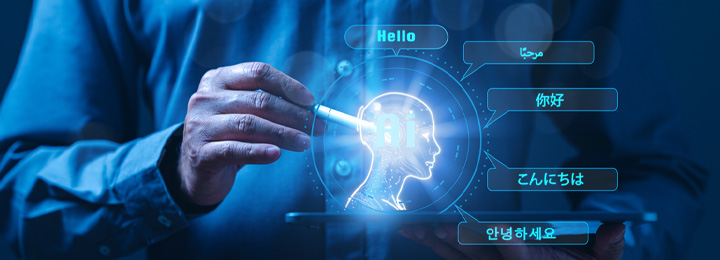
The key points for choosing translation services using LLM (Large Language Model) are as follows.
4-1. Verify Translation Accuracy
One of the key points when choosing a translation service using LLM (Large Language Model) is to verify its translation accuracy. The primary purpose of translation is the accurate conveyance of information, and the higher the model's translation accuracy, the greater the reliability. It is important to test the service by verifying specific example sentences and industry-specific expressions, and to refer to both machine evaluation and human evaluation.
4-2. Are the tools adequately implementing information security measures?
Please ensure that the selected tools are adequately addressing information security. The text being translated may be highly confidential, so let's focus on SSL/TLS encryption and data protection, and verify the security policies to ensure reliability. For information on ChatGPT's security, please refer to the blog post below.
"Is ChatGPT a Good Translator? Thorough Verification at Each Stage of Translation"
4-3. Can industry-specific and technical terms be customized?
When accurate translation of industry-specific terms and jargon is required, it is also important to consider whether features like glossaries and automatic correction of translations (automatic post-editing) are available. By utilizing such functions, the accuracy of translations can be improved, significantly reducing the need for manual editing work.
5. Summary
This article explains the utilization and features of large language models (LLMs) that underpin chat AIs such as ChatGPT and Gemini, focusing on their application in the field of translation. Machine translation using LLMs learns from extensive datasets and supports multiple languages, achieving high accuracy and natural expressions, especially in translations to English. When utilizing LLMs, it is important to verify translation accuracy and information security, and when accurate translations of industry-specific or technical terms are required, using glossaries and automatic post-editing features can be beneficial.
At Human Science, we offer the automatic translation software MTrans for Office, which can utilize ChatGPT. With our tool, you can translate transcriptions with just one click. ChatGPT can be used not only as a translation engine, but also for transcription, rewriting, and proofreading, depending on the prompt. Try out MTrans for Office with our 14-day free trial offer. Please contact us for more information.
Features of MTrans for Office
① Unlimited number of translatable files and glossaries with a flat-rate system
② One-click translation from Office products!
③ Security is assured with API connections
・We also offer SSO, IP restrictions, and more for customers who want further enhancements
④ Support in Japanese by Japanese Companies
・Support for security check sheets is also available
・Payment via bank transfer is available
MTrans for Office is an easy-to-use translation software for Office.

